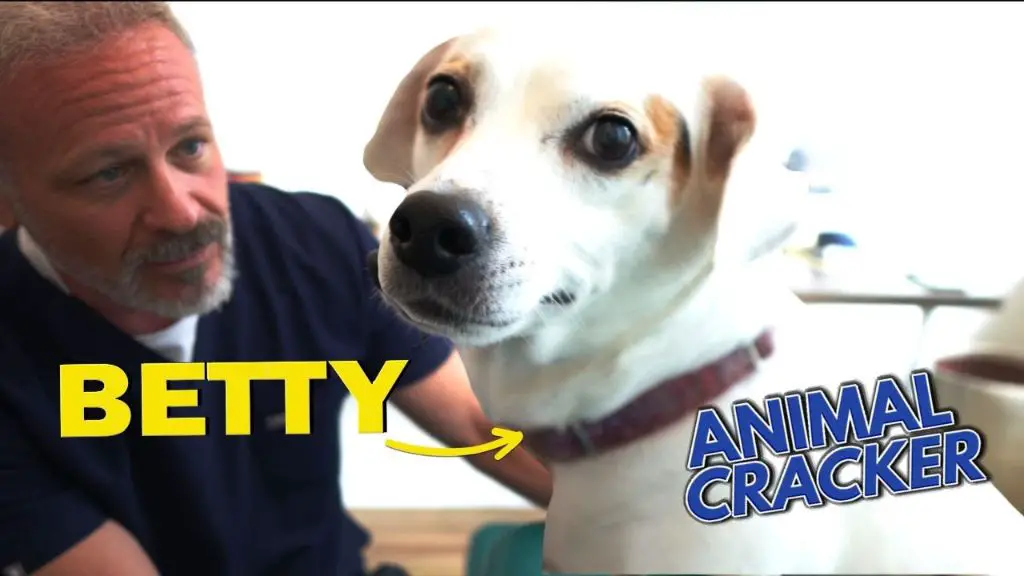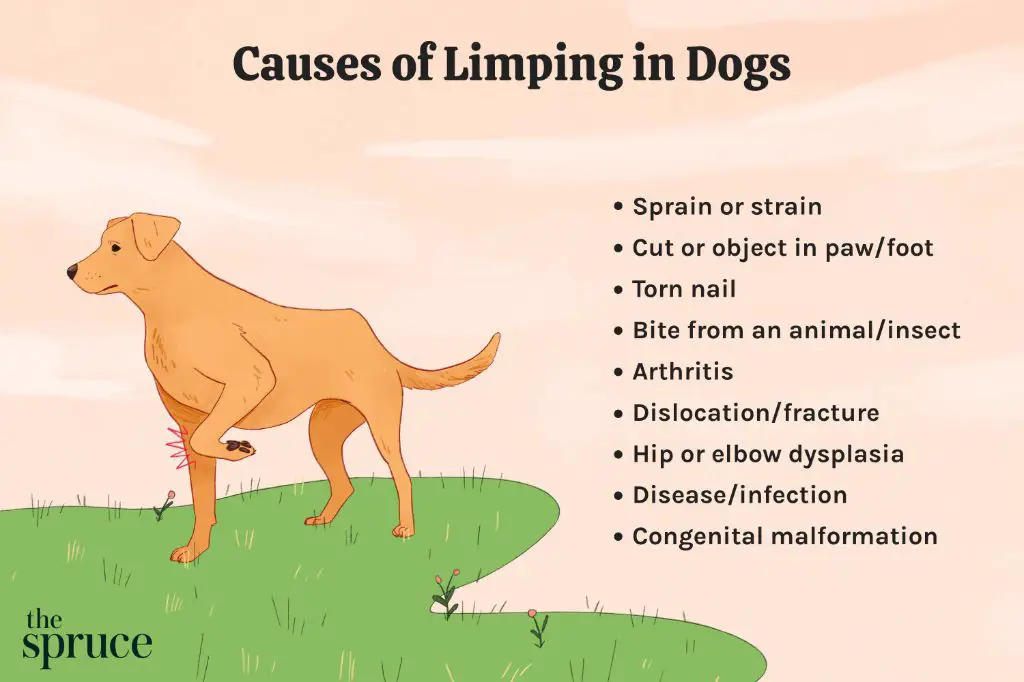Introduction
Chiropractic care has become increasingly popular among pet owners as a way to help dogs with musculoskeletal issues like back pain, neck pain, joint problems, and more. Canine chiropractic adjustments involve applying controlled and precise force to specific joints and areas of the spine to improve mobility, alignment, and nerve function.
After a chiropractic treatment, some dogs may temporarily shake or tremble. This shaking is caused by the dog’s neurological system resetting itself and can occur after adjustments of the neck, back, or hips. While it may seem alarming, post-adjustment shaking is usually completely normal and not a cause for concern. Within a day or two, the neurological system resets and the shaking subsides.
In this article, we’ll take a deeper look at why chiropractic adjustments can lead to shaking, examine whether it’s normal, and explore other potential post-adjustment reactions in dogs.
What is Chiropractic Care?
Chiropractic care is a form of alternative medicine focused on diagnosis and treatment of mechanical disorders of the musculoskeletal system, especially the spine. It involves using the hands or small instruments to apply controlled force to joints or the spine, aiming to improve range of motion, reduce nerve irritation, and support the body’s natural healing abilities.

For dogs, chiropractic care focuses on aligning the spine and extremities. It can help improve mobility, function, and comfort in dogs suffering from pain, injuries, arthritis, neurological issues, or other health conditions. Canine chiropractic care involves applying gentle pressure and mobilization techniques to the joints and muscles to relieve pain and tension. Certified canine chiropractors have specialized training in animal anatomy, physiology, and rehabilitation.
Why Dogs Get Chiropractic Adjustments
There are several common reasons dogs may need chiropractic care and adjustments:
Back pain – Dogs can experience back pain and issues due to injury, age, osteoarthritis, intervertebral disc disease, and other conditions. Chiropractic adjustments can help align the spine and relieve pain. The adjustments provide motion to restricted joints, reducing inflammation and muscle spasms.
Mobility issues – Restricted joints in the neck, back or limbs can cause mobility issues in dogs. Chiropractic adjustments can help improve range of motion and gait.
Muscle tension – Like humans, dogs can develop muscle tightness and trigger points that lead to discomfort and restricted motion. Chiropractic care helps relax muscles and restore normal mechanics.
Performance – Working dogs and competitive canine athletes may benefit from chiropractic adjustments to keep their spines aligned and joints mobile for optimal movement and performance.
Injury recovery – Chiropractic is often included in rehabilitation programs to help dogs recovering from injuries, surgeries or concussions regain full function and mobility.
Overall wellness – Some dogs receive regular chiropractic care to maintain joint health, muscle relaxation, movement and overall wellbeing, similar to how people see a chiropractor even when not in pain.
The Chiropractic Adjustment Process
During a typical chiropractic session for dogs, the chiropractor will first do an exam to assess the dog’s range of motion and look for areas of stiffness, inflammation, or misalignment in the spine. This allows them to determine where adjustments are needed.
There are a few main techniques chiropractors use to perform adjustments on dogs:
-
Spinal manipulation: The chiropractor will apply a carefully controlled force, either manually or with an instrument, to specific joints in the spine. This is meant to restore normal range of motion and improve function.
-
Stretches and exercises: Gentle stretching of the limbs, back, and neck may be done to increase flexibility and range of motion.
-
Massage: Soft tissue massage techniques can help relax tight muscles and release tension around the spine before or after the adjustment.
-
Cold laser therapy: Low-level lasers are used over areas of the spine to help reduce inflammation and promote healing.

The chiropractor will tailor their approach based on the dog’s specific condition, age, size, and comfort level. Most adjustments are performed without anesthesia, take only minutes, and are not painful. But a popping or clicking sound may occur upon realignment of the joints.
Why Do Dogs Shake After Adjustments?
Dogs often shake after a chiropractic adjustment due to the neurological response triggered by the realignment of their vertebrae and joints. When a chiropractor adjusts a dog’s spine or other joints, it stimulates the nervous system, releasing muscle tension and allowing nerve communications to flow freely again. This sudden change in nerve activity and muscle relaxation can cause tremors, shaking, and shivering as the dog’s body adjusts to the new alignment.
The shaking is a reflexive response as the dog’s muscles release built-up tension and the nerves “reboot” after being compressed or obstructed. Good nerve flow is restored, allowing the nervous system to communicate properly with the brain and body again. The shivering and tremors are simply outward signs of these internal changes as the dog’s muscles and nerves recalibrate.
Veterinary neurologists compare this muscle release and nerve stimulation after a chiropractic adjustment to the “re-booting” of a computer. Just as a computer might tremble and whir after re-starting, dogs may shake as their neurological pathways are suddenly reconnected and resume normal function. The shaking is an indicator that the adjustment successfully released those blockages and restored proper body communication through the nervous system.
Is it Normal?
It’s very common for dogs to shake after a chiropractic adjustment, so there’s no need to worry. The shaking is simply their body’s natural response as it adjusts to the realignment. It doesn’t indicate anything is wrong.
Dogs shake for the same reason humans might experience muscle tremors during a massage. The adjustment causes neurological responses as the vertebrae are moved back into proper alignment. This stimulates the nerves and causes involuntary muscle reactions.
The shaking also releases muscular tension after the adjustment. Like getting a knot worked out, the dog’s body is relieving built-up stress. The shaking helps the muscles fully relax into their newly realigned positions.
So mild shaking for a short period is completely normal. Most dogs will only shake for a few seconds up to a couple minutes after an adjustment. As their body adapts, the shaking naturally dissipates.
There’s no reason for alarm if your dog shakes a bit right after its chiropractic treatment. Just provide reassurance until the shaking stops. This is simply their body’s way of integrating the adjustment.
Other Common Reactions
In addition to shaking, some other reactions dog owners may notice after their dog receives a chiropractic adjustment include:

-
Sleepiness – Some dogs will act very tired and want to sleep more after their appointment. The adjustment can relieve built up tension and stress in the body, leaving dogs feeling more relaxed.
-
Altered appetite – Appetite changes post-adjustment are common. Some dogs lose their appetite for a day or so, while others feel hungrier. This reaction usually resolves itself quickly.
-
Mild muscle soreness – Like humans after a massage, some dogs experience mild soreness in worked muscles for a day or two as their body adjusts.
-
Increased thirst – The manipulations get the body fluids moving, so dogs may drink more water after an adjustment session.
-
Changes in bowel movements – Some dogs may have slightly loose stools for a day or two as their digestion regulates.
-
Behavior changes – Dogs may act more lively, playful, or conversely, mellow after an adjustment. These changes reflect their comfort levels.
While potentially surprising, these other reactions are also normal and show the adjustment is stimulating change in the dog’s body. They are temporary and resolve quickly in most cases.
When to Be Concerned
While shaking and other reactions are often normal following a chiropractic adjustment, there are some signs that may indicate an abnormal or adverse response. Here are some things to watch out for:

Extreme lethargy or weakness – If your dog seems unable or unwilling to stand or walk following an adjustment, this could signify a problem. Marked lethargy and loss of strength may indicate an injury or neurological issue.
Signs of pain or discomfort – Whimpering, crying, or growling after an adjustment could mean the procedure caused pain or worsened an existing injury. Pay attention to behaviors that suggest your dog is hurting.
Loss of bladder control – In rare cases, an adjustment may compress the spinal cord or nerves involved in bladder control. If your dog loses bladder control, take them to the vet immediately.
Difficulty breathing – Labored breathing, coughing, or choking after a chiropractic session warrants medical attention to determine if there is injury or a reaction.
Prolonged shaking – Shaking that lasts over 30 minutes with no signs of stopping could imply an abnormal response like a seizure or neurological event.
If you notice any of these signs, discontinue the chiropractic session and call your vet right away. Though rare, adverse reactions can happen, so it’s important to monitor your dog closely.
The Benefits Outweigh the Shaking
While shaking after a chiropractic adjustment may seem concerning at first, the benefits of this treatment far outweigh this temporary reaction. Chiropractic care has been shown to successfully treat a variety of musculoskeletal conditions in dogs, providing pain relief, improved mobility, and better quality of life.
Specifically, adjustments can help dogs suffering from intervertebral disk disease, osteoarthritis, hip dysplasia, and more. The shots of pressure stimulate healing while realigning the spine and joints. This allows nerve function to improve and inflammation to decrease.
In the long run, occasional shaking is a small price to pay for significant improvements in mobility, vitality, and comfort. The shaking itself causes no harm and quickly subsides. As long as the adjustments are providing positive results, owners can rest assured this reaction is nothing to worry about.
While the shaking may be concerning at first glance, viewing it in the larger context of chiropractic benefits makes it clear the pros far outweigh this temporary con. Regular chiropractic care greatly enhances quality of life for dogs, making it an extremely worthwhile treatment option.
Conclusion
In summary, chiropractic care can provide immense benefits for dogs suffering from pain, stiffness, or limited mobility. The chiropractic adjustment process realigns the spine and joints to improve nerve communication, range of motion, and overall function. While shaking or trembling after an adjustment may seem concerning, it is actually a normal neurological reaction as the dog’s nervous system recalibrates. The shaking is temporary and fades quickly. Other common reactions like stiffness or sleepiness are also usually mild and temporary. While major complications are very rare in veterinary chiropractic, it’s important to monitor your dog closely and alert your vet if any concerning symptoms arise. However, for most dogs, the huge benefits of improved mobility and pain relief far outweigh the short episodes of shaking. With proper guidance from a certified veterinary chiropractor, chiropractic care can dramatically improve your dog’s comfort and quality of life.